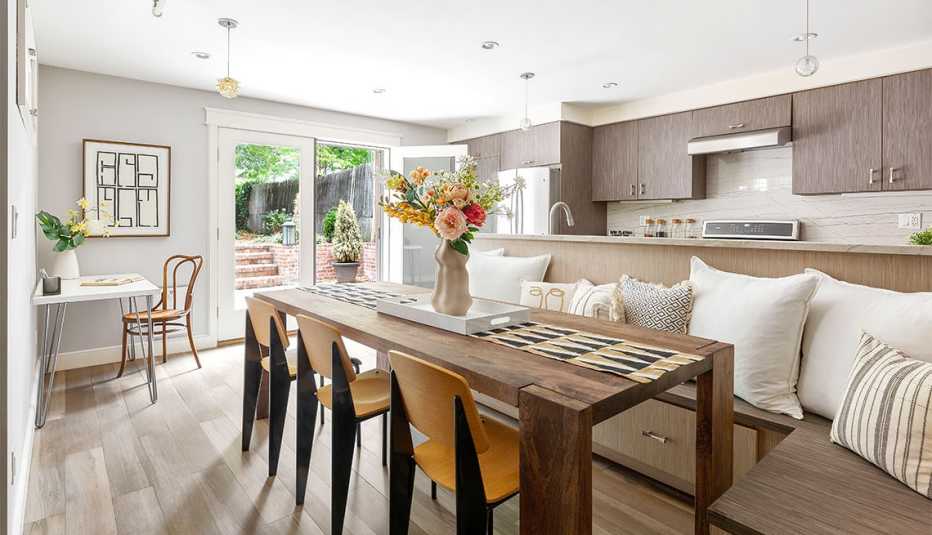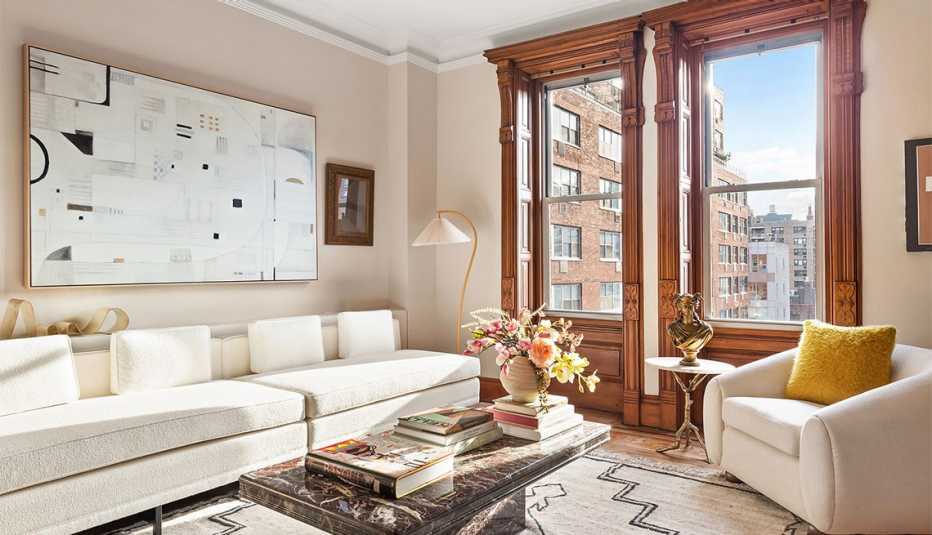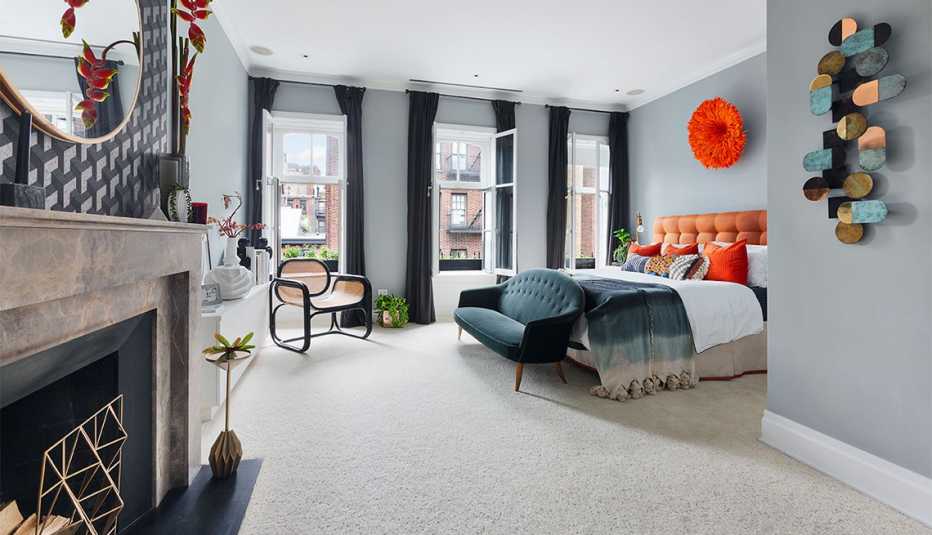AARP Hearing Center


Maybe your living room features a worn sofa and mismatched end tables, and the focal point is an eclectic collection of vintage teacups.
If you’re trying to sell your home, it might be worth it to consider staging that room — and others.
Staging a space — replacing, adding or removing furniture and decor to make it most appealing to buyers — gives a good return on investment. Professional stagers often have their own collection of furniture and accessories that they think will draw buyers in and, for a fee, will swap them with your own possessions; they take the items back after the house is sold.
Most stagers are hired by the home’s seller, although real estate agents often make introductions and, in the hottest markets, sometimes pay part or all of the fee to win a listing.
The cost for a stager “varies dramatically based on geography, scope of work and price point,” from $1,000 for “light help and sprucing up soft goods,” to many thousands of dollars, according to Jason Saft, founder of Staged To Sell Home, a leading home boutique staging firm in New York City. HomeAdvisor gives a typical range of $800 to $3,000 for the initial cost but monthly furniture rental fees and extra projects will drive that up.
But you can also do a lot of home staging on your own, by decluttering, depersonalizing and deep cleaning.
Stage a home to make more money
An investment in staging can have a big payoff.
The National Association of Realtors Research Group reports that 23 percent of buyers are more willing to overlook property faults if viewing a staged home. Additionally, 81 percent of buyers’ agents reported that staging a home made it easier for a buyer to visualize a property as a future home.
Just because you love your teacup collection doesn’t mean others will find it appealing, or that it will help potential buyers envision themselves in your space. Simply put, presentation and great marketing photos sell homes, says certified stager and designer Laurie Mattson, owner of Laurie Mattson Interiors in Minneapolis.
After painting rooms in neutral colors, updating furniture and replacing carpeting, Mattson helped sell a $2.4 million home after 14 days on the market — and got three full-price offers. Another home that was on the market for more than 400 days sold in just 28 days after Mattson updated furniture and decor.
“Your home becomes a product,” she says. “Buyers are looking at everything with very critical eyes at each and every step.”
Want to be able to stage your home like the pros? Here are some tips and tricks for spaces throughout the house.





































































More From AARP
5 Tips For Selling Your House in a Red Hot Market
Don’t go overboard with renovations5 Home Improvements That Pay Off at Resale
Even in a strong real estate market, getting top dollar requires upgrades
The Real Costs of Selling a Home
What you'll spend, how to save